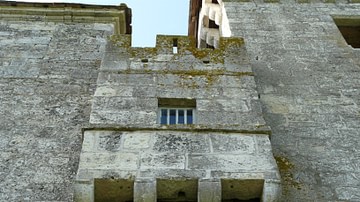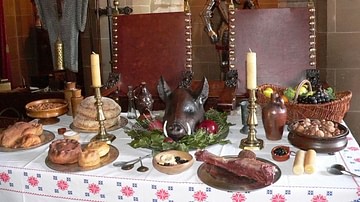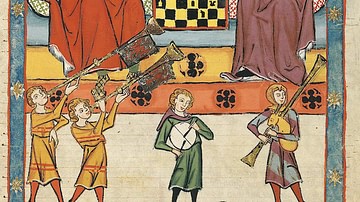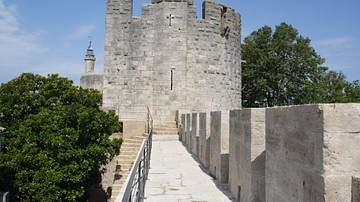Protecting strategically important coastlines, passes, and roadways, castles were an essential part of medieval warfare. With such key features as a tower keep, fortified gatehouses, curtain walls with crenellations and a surrounding moat, they provided protection for a garrison of knights and permitted rulers to stamp their authority on troublesome regions of their kingdom. The Normans are credited with spreading the idea of castles across Europe in the 11th century CE, first with the simpler motte and bailey castle and then stone castles from the 12th century CE. Castles were also the hubs of rural communities where a lord administered the local economy, conducted courts, and provided such essential services as milling grain. This collection of resources examines all aspects of the medieval castle from defensive features to the daily life of the people who lived and worked in them.
The one thing that differentiated the medieval rich from the poor more than any other in terms of food was meat. Meat could be fresh, salted or smoked, and included chicken, bacon, pork, beef, mutton, duck, geese, pigeons, and wild birds such as pheasants and partridges. For the more adventurous diner there were cranes, larks, and herons, but just about anything with wings on it could find its way onto a castle dinner table.








